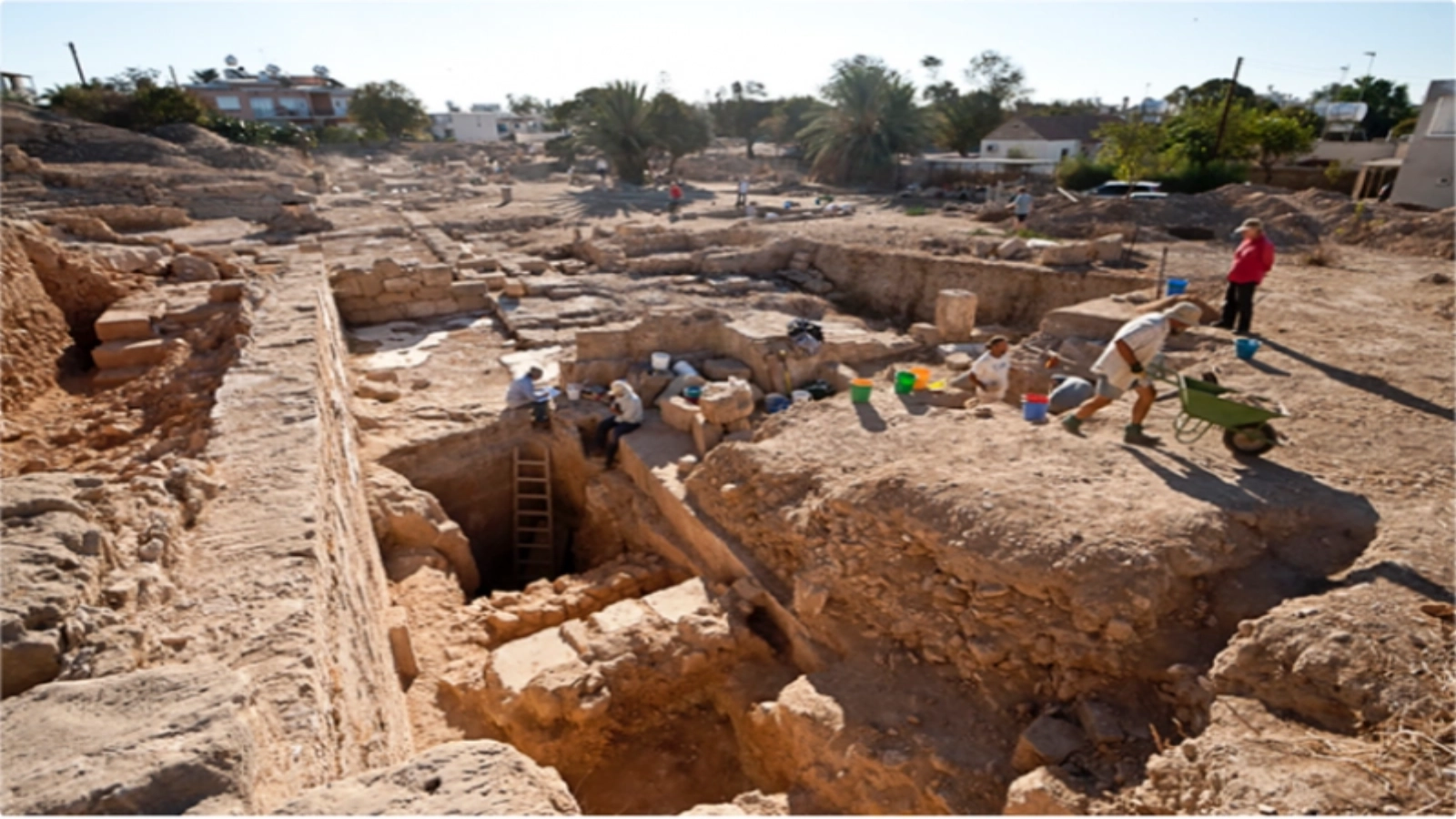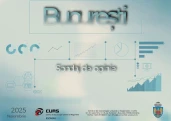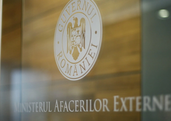Archaeologists of the National Museum of Banat discovered, during the summer of last year, a good part of the settlement belonging to the "Celtic horizon" of the 3rd and 2nd centuries B.C., in the Freidorf site in western Timisoara.
On this occasion, housing structures were brought to light, as well as traces of possible workshops. From the filling of the archaeological complexes were extracted priceless information on the way of life of the populations of that time. Among them, there are some aspects related to the spiritual life, illustrated by the discovery of two anthropomorphic clay figurines. Such pieces have been interpreted as having a magical character, which is suggested by various interventions observed on them (intentional mutilations or the presence of foreign bodies), on Friday reads the website of the National Museum of Banat.
The site on the outskirts of Timisoara was discovered following a field research by F. Resch, K. Ghermann and D. Plesa in 1982. It has been researched at various stages by specialists of the National Museum of Banat over the past four decades. In 2020, the field research went on, under the direction of archaeologist Dr. Calin Timoc, and the results of some of the previous investigations were published.
As regards the popularization of the previous research, the museum's archaeologists, Stefan Popa and Ionela Radac, presented some of the anatomical variations, as well as the pathologies identified from the analysis of human bones dating from the first half of the 1st millennium B.C., discovered in the research in 2017. At the same time, Dr. Andrei Georgescu has written a study on the zoomorphic fibula.

































Comentează